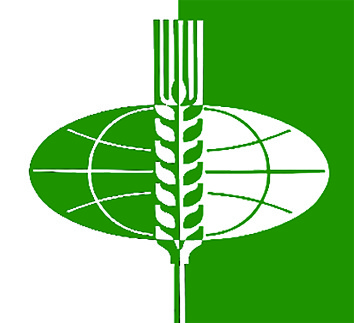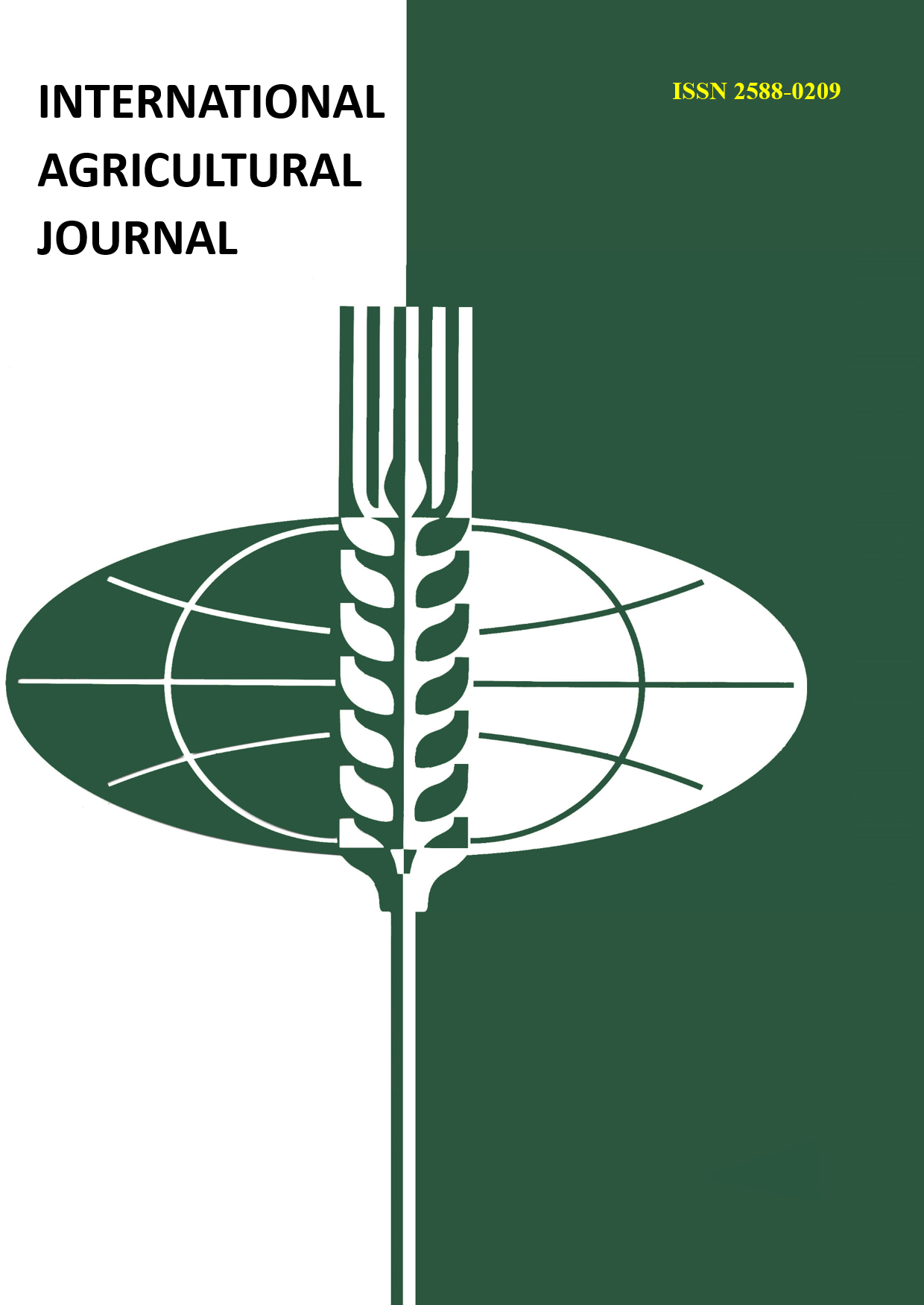Russian Federation
Russian Federation
Russian Federation
The article presents results of a study on natural regeneration processes of larch (Larix spp.) in central Yakutia, using the example of Suntarskoye forestry. The relevance of the work is due to the extensive area of larch forests in the Republic of Sakha (Yakutia) and the frequent occurrence of wildfires, which necessitate effective forest restoration measures. The aim of the study is to analyze the success of natural larch regeneration and the factors affecting it, in order to develop recommendations for improving larch forest regeneration. The object of the research is the process of natural regeneration of larch in the forest fund of Suntarskoye forestry; the subject is the characteristics and dynamics of larch natural regeneration in this area. The study uses data from the state forest registry, forest management materials, and field observations on permanent sample plots. We conducted an inventory of larch self-seeding and undergrowth, and assessed the influence of distance from seed sources and competing ground vegetation on seedling establishment. It was found that on burned areas and clear-cuts larch regenerates successfully in the presence of nearby parent trees, however seedling density drops sharply with increasing distance. Live ground cover (especially fireweed and wild raspberry) significantly hinders the emergence of larch germinants. Overall, natural forest regeneration on the studied sites is evaluated as good. Science-based recommendations for assisting natural regeneration of larch have been developed: preservation of viable advance growth during logging, retention of seed trees, soil scarification on part of the cut area, slash disposal by controlled burning, etc. Implementation of these measures will improve the effectiveness of natural reforestation of larch forests in the region.
estestvennoe vozobnovlenie, listvennica, lesnoe hozyaystvo, Central'naya Yakutiya, vosstanovlenie lesa, Suntarskoe lesnichestvo














